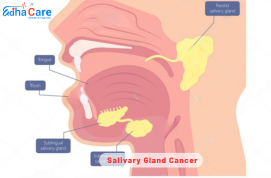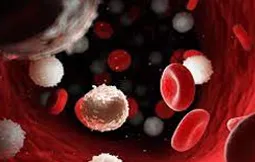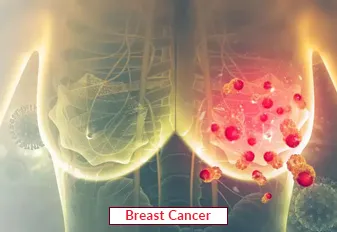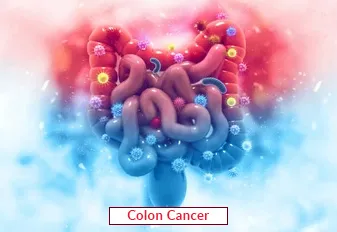Salivary Gland Cancer

Salivary gland cancer is a rare malignancy that grows in the connective tissue of the salivary glands, also called salivary glands, which generate saliva to aid in digestion and oral health. A swelling or lump in the mouth, face, or neck, facial numbness or weaknesses, difficulty swallowing, or persistent discomfort are potential symptoms. Aging, certain hereditary illnesses, and exposure to radiation are indicators of risk for salivary gland cancer. Surgery is typically utilized to eliminate the tumor, and any cancer cells that remain are then treated with radiation therapy or chemotherapy. For successful outcomes, early detection and timely treatment are important.
Book an AppointmentAbout Salivary Gland Cancer
Symptoms: Salivary gland cancer may manifest with ongoing facial paralysis or weakness, pain or weakness, problems with swallowing or opening your mouth fully, and a swelling or lump in your face, mouth, or neck area that doesn't go away. Chronic pain in the ears or loss of hearing, changes in taste or difficulties moving the mouth, and unexplained facial tightness or pain can also be signs of salivary gland cancer.
Causes: A variety of factors, such as exposure to radiation, aging, certain genetic illnesses, and previous experiences of salivary gland cancers, might raise the risk of salivary gland cancer, even if the exact cause is frequently unknown. Moreover, some research suggests that certain viruses, such as the Epstein-Barr virus (EBV) and the human papillomavirus (HPV), may promote the development of salivary gland cancer.
Treatment for salivary gland cancer: Chemotherapy or radiation treatment are often used to kill any cancerous cells that may still be present after the tumor has been surgically eliminated. In certain cases, specific treatment or immunology may also be used for better targeting cancer cells or to boost the immune system's fight against the malignancy. A prompt diagnosis and careful planning of treatment are necessary to improve the prognosis for patients with salivary glands cancer.
Procedure of Salivary Gland Cancer
Diagnosis: The first steps in the process involve an extensive health history and physical checkup, paying particular attention to the region of the head and neck. Diagnostic procedures including imaging investigations (CT, MRI, PET), fine needle aspiration, a biopsy, or a core needle biopsy may be carried out in order to verify the diagnosis and determine the extent of the cancer.
Preoperative Evaluation: Prior to having surgery, patients undergo a comprehensive evaluation to ascertain their overall health and surgical appropriateness. This may include electrocardiograms (ECGs), lung function tests, and tests for blood. Patients may also receive instructions on how to take medicines and fast before surgery.
anesthesia: To ensure the patient is comfortable and pain-free during the surgery, anesthetic is administered to them the day before. The specific surgical method and the patient's condition will dictate whether a general or local anesthesia is utilized.
Surgical Approach: The surgical treatment for salivary gland cancer depends on a number of factors, including the tumor's location, size, and extent as well as the impact of nearby structures. Options for surgery include total parotidectomy, superficial parotidectomy, submandibular gland excision, and neck dissection.
Tumor Removal: Throughout the process, the surgeon carefully removes the malignant tissue, safeguarding surrounding good tissue and important systems like blood vessels. The amount of tissue removed depends on the size, location, and likelihood of recurrence of the tumor.
Reconstruction: If a significant amount of tissue has been lost during the tumor's removal, reconstruction surgery may be required to restore function and appearance. This may involve the use of techniques such as primary closure, local tissue flaps, and microvascular free tissue transfer.
Postoperative Care: Following surgical procedures, patients are closely monitored in the recovery area for any signs of nerve injury, bleeding, or infection. Rehabilitation, pain management, and wound care are examples of on-demand care. Patients are given postoperative instructions that include restrictions on their activities and nutrition in addition to follow-up appointments for monitoring and, if necessary, adjuvant treatment.
Require Assistance?
Get A Quick Callback From Our Healthcare Experts






